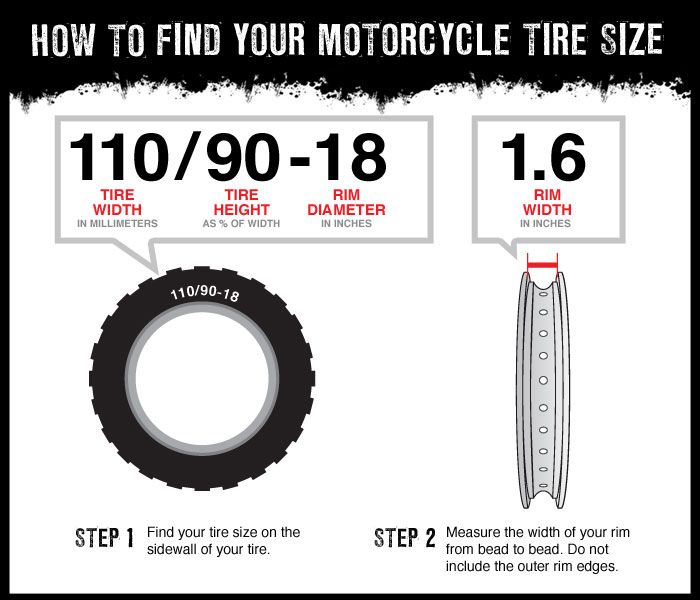Burning rubber is a quick way to create junk. When it's time to buy new tires, your old tires quickly turn from useful car parts to giant, piles of rubber junk.
Although old tires can be reused as swings, gardening planters, and construction project materials, most people tend to stuff old tires into a corner of their garage or leave them by the trash bins. However, old and waste tires are usually not accepted in regular waste services - meaning you may never even see them leave your yard. Luckily, 1-800-GOT-JUNK? is happy to help you with old and used tire disposal in your city.
Please note that not all locations are able to accept tires, due to differences in local regulations. Give us a call to see how best your local team can help!
Image
Book Now
No matter where you live, tires shouldn't go to the dump. If you need old tires removed, 1-800-GOT-JUNK? can help with tire recycling near you.
Don't let those waste and scrap tires get in your way or become an environmental hazard! We pick up all kinds of tires from cars, bikes, trucks, and construction equipment. We’re in your neighborhood, call us today to see if your local team can accept tires and handle all the heavy lifting for you!
You control the price—it’s based on how much space your junk takes up in the truck. It starts from our minimum charge of 1/8th of a truck all the way up to a full truckload. Since the price is based on volume, we need to see your items in person to give you an exact price. Call or book your free no-obligation estimate today! For more information on our pricing, visit our pricing page.
Since the price is based on volume, we need to see your items in person to give you an exact price. Call or book your free no-obligation estimate today! For more information on our pricing, visit our pricing page.
Unlike your other household waste, tires are made from non-biodegradable, flammable material that make leaving them in a landfill dangerous to the environment.
Recycling is the most proper way to dispose of your tires. Here are some of the best ways to handle used tire disposal:
Don’t waste time looking for a recycling facility or opportunity to get rid of your rubber junk.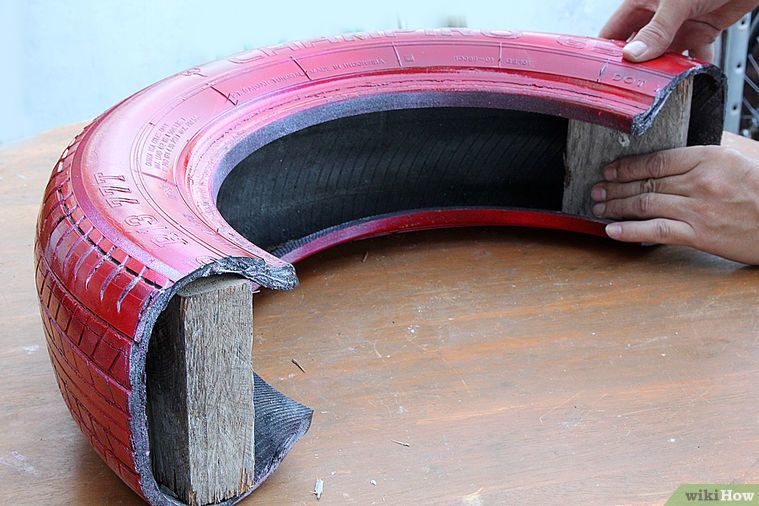 1-800-GOT-JUNK? will help you to get rid of old tires and make sure they get to the right recycling facility. Together, we make sure tires don’t stay in your backyard or end up in the landfill.
1-800-GOT-JUNK? will help you to get rid of old tires and make sure they get to the right recycling facility. Together, we make sure tires don’t stay in your backyard or end up in the landfill.
Please note that not all locations are able to accept tires, so give us a call to see how best we can help.
Don’t waste time looking for a recycling facility or opportunity to get rid of your rubber junk. 1-800-GOT-JUNK? will help you to get rid of old tires and make sure they get to the right recycling facility. Together, we make sure tires don’t stay in your backyard or end up in the landfill.
However, there are several other places to throw away and recycle your old tires:
Not sure how to handle old tires on your own? Let 1-800-GOT-JUNK? take care of it for you.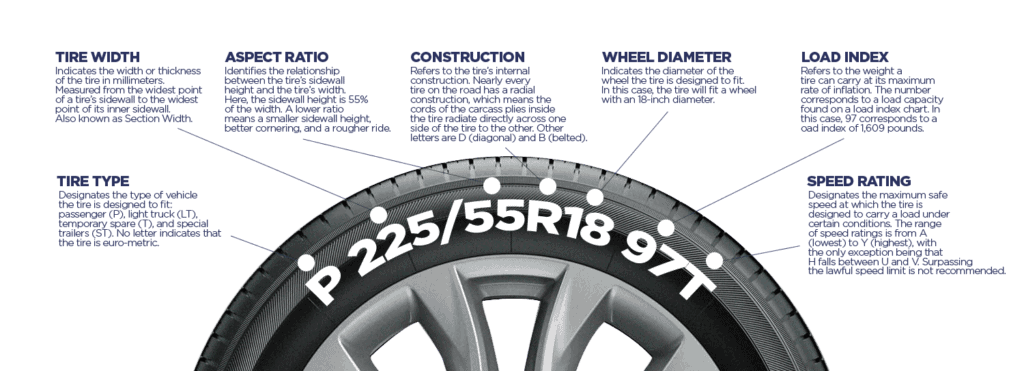 We’ll remove unwanted tires from wherever they’re located, load them into our truck, and then make sure to dispose your tires responsibly. Give us a call to see if your local team can help remove tires.
We’ll remove unwanted tires from wherever they’re located, load them into our truck, and then make sure to dispose your tires responsibly. Give us a call to see if your local team can help remove tires.
Tires can - and should - be recycled. Tires are made of synthetic and non-synthetic rubber, wires, and fabric that cannot decompose on their own. When sent to a landfill, tire piles can build up over time, taking up space and resources. And when they’re burned, the materials in old tires release harmful toxins into the environment.
The safest way to handle old tires is to recycle them. You can recycle old tires and reuse them as construction material or as upcycled household items. If you don’t have the space for used tires, recycling facilities can break down the materials for other purposes.
If you have a pile of used tires that you want to remove, our friendly 1-800-GOT-JUNK? crew is in your neighborhood and happy to help! Call today to see if we are able to remove tires in your location, and for a no-obligation estimate.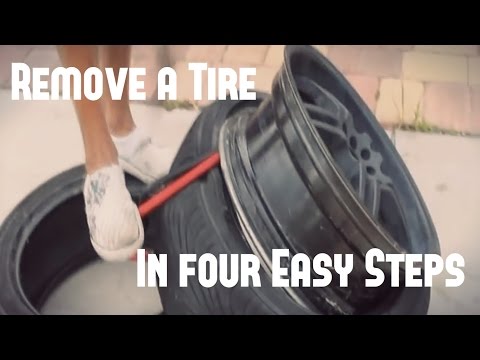
To recycle a used tire, the entire tire must first be taken apart. The rubber, steel, wires, and fabric, are each removed. They are then reused or undergo their own separate recycling process.
Recycled rubber is used to create things like construction materials, playground equipment, and athletic tracks. The rest of the scrap parts are used as fuel supplements in different cement and pulp industries.
If you have a pile of old tires lying around your house, consider calling our professional crew at 1-800-GOT-JUNK? to take it away for you. We make sure to dispose of tires in an environmentally-friendly way after hauling them away from your house. All you have to do is point!
Old tires don’t have to be thrown away. Reusing old tires is one of the best ways to decorate your home, create something new, and keep the environment safe!
Some of the most popular things to do with old tires include:
DIY projects are a fun way to make use of your old rubber junk.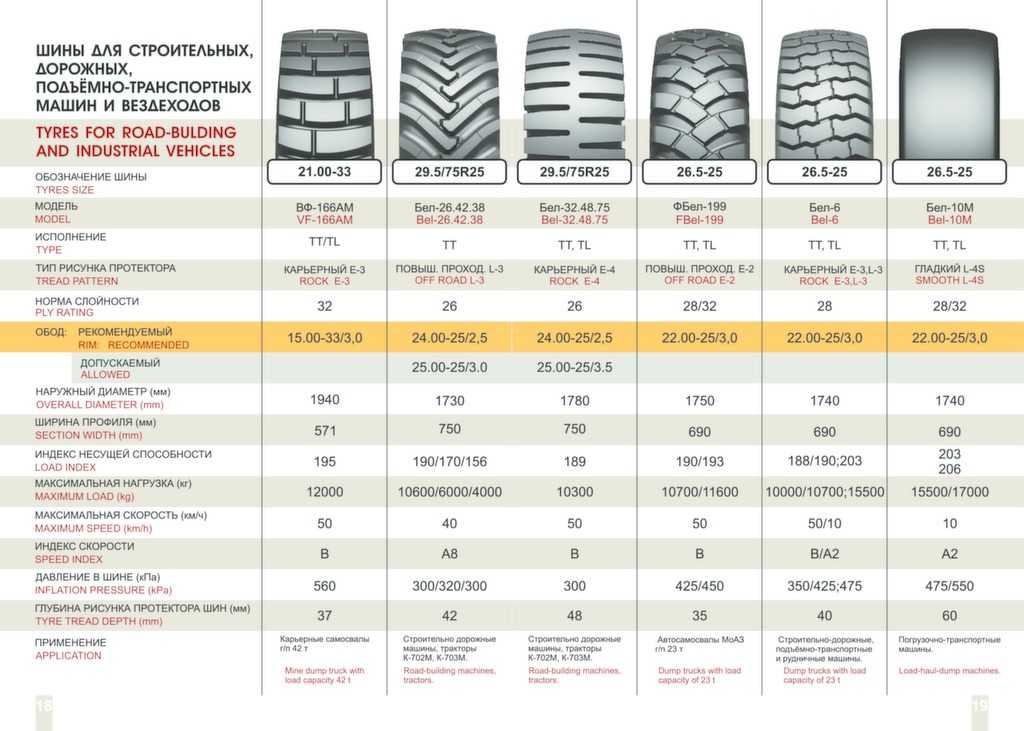 If you would rather just get those old tires out of your way altogether, call 1-800-GOT-JUNK?. Schedule your no-obligation estimate today!
If you would rather just get those old tires out of your way altogether, call 1-800-GOT-JUNK?. Schedule your no-obligation estimate today!
Skip to content
Tires are one of the coolest products to recycle because they can be turned into such a wide variety of products. Your flat tire could end up burned off as fuel, turned into playground equipment or even used to make artificial turf.
Sponsored by Institute of Scrap Recycling Industries, Inc.
 Either option prolongs the life of your tires and is cheaper than buying new tires.
Either option prolongs the life of your tires and is cheaper than buying new tires.
Find a drop-off location for tires near you using the Recycling Locator.
Find recycling guides for other materials
Under ordinary circumstances, don’t leave your tires out at the curb. Most curbside collection programs won’t pick up tires with your regular recycling. If you want to have your tires picked up, call your municipality and see if you can schedule a special pickup.
No, and in most cases you’ll need to pay to have them recycled. You can make money recycling the aluminum rims at a scrap metal dealer, though.
Most municipalities have banned tires from landfills, meaning you’ll need to bite the bullet and pay for recycling instead of throwing them away.
If you are having new tires installed, tire retailers should automatically recycle the old ones for you. If you bring in tires but don’t purchase new ones, there’s a chance they will be accepted, but likely for a fee. Call and check first.
When tires are installed on your car, the shop uses steel or zinc weights to balance your tires so that your wheels rotate smoothly. If you hit a curb, the weights may get knocked loose, which contributes to your car falling “out of alignment.”
During tire recycling, these weights must be removed and separately recycled. They used to be made of lead, a heavier and more toxic metal, but steel is the most recycled material on earth.
Yes, most tire recyclers require that the rim is removed.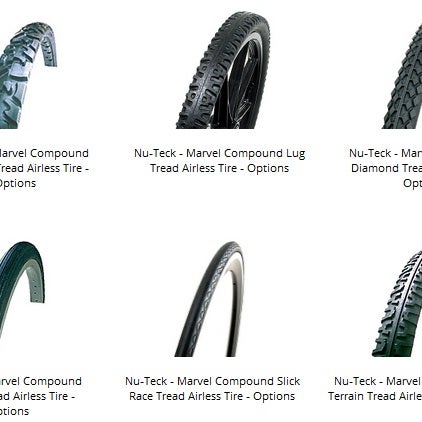 Unfortunately, this isn’t an easy process. If you do find a recycler that accepts tires with rims, be prepared to pay more for recycling — even though the rim is the most valuable part of the tire — because rim removal is so challenging.
Unfortunately, this isn’t an easy process. If you do find a recycler that accepts tires with rims, be prepared to pay more for recycling — even though the rim is the most valuable part of the tire — because rim removal is so challenging.
After the rims and weights are removed to be recycled separately, the tires are typically shredded or ground using a tire shredder. These shredders use powerful knives to rip and tear the tire into small pieces. Some by-products of the tire — such as fiber and steel — are separated and sold as a feedstock for other industries.
The rest of the shredded tire can be used for various purposes. If it is destined for TDF, the material is sent to an incinerator, boiler or cement kiln, depending on the facility that will use the tire for energy. Other uses for shredded and ground tires include rubberized asphalt, playground mulch, road embankments, or even as material for new tires.
Tires used for TDF are converted to energy in a controlled process; the incinerator or boiler adhere to strict regulations required by the EPA.
When a stack of tires catches fire, it’s an uncontrolled process. These fires are extremely difficult to extinguish, produce much smoke and release toxic chemicals into the air. Tire fires are a significant concern if used tires are not recycled.
As of 2017, 36 states have banned tires from landfills, including California, Colorado, Florida, Illinois, Massachusetts, Michigan, New York, North Carolina, Ohio, Pennsylvania and Texas. Luckily, these laws mean it’s much easier to find tire recycling options in these states.

Nearly 76% of tires in the US have been recycled into products such as rubber-modified asphalt, automotive products, and landscaping. mulching, according to the U.S. Tire Management Association 2019 Report. This is below 96% in 2013.
Approximately 56 million scrap tires remain in US warehouses, especially in states such as Arizona, Colorado, Michigan, New Jersey, New Mexico, Texas, Virginia and Washington. New Jersey, New Mexico, Texas, and Virginia do not have active stockpile cleanup programs.
In contrast, the Canadian Tire Recycling Association reported a leakage rate of 111% in 2018 and an eight-year average of 104% as the industry operates with available inventory.
Canada 2019 totals are scheduled to be released in the coming weeks.
“Three decades after we successfully eliminated 94% of the more than 1 billion scrap tires stockpiled in the (USA), this report shows that efforts to find and develop new uses for scrap tires have stalled,” said Ann Forristall Luke, President and CEO of the United States Tire Management Association (USTMA).
Canadian jurisdictions collected 439,509 tons of tires in 2018 and recycled 461,434 tons in total.
“Canada has been approaching 100% for several years now,” says Glenn Maidment, President and CEO of the Canadian Tire and Rubber Association, referring to the country's recycling efforts.
"Every province has an organization that is ultimately responsible for ensuring that their scrap tires are collected and used."
Canada's primary markets for recycled rubber are sports flooring, molded goods and rubberized asphalt. But most of the crumb rubber he says used for rubberized asphalt is exported to the US.
"If I had one wish, it would be for the Canadian provinces to take a closer look at this, using it as material, because it's really a virtuous circle in terms of creating a circular economy."
Meanwhile, USTMA encourages states to focus tire recycling funds on reuse, recycling and cleaning programs; national portal for interstate data exchange; and increased use of rubber-modified asphalt and stormwater infiltration galleries.
Massive tire fire in Hagersville, Ontario. 30 years ago there was an increased focus on used tires in Canada.
“Millions of tires burned out within 17 days, evacuating nearby residents and polluting the environment,” writes CATA Chairman Brett Eckstein in the organization's 2019 annual report.
"With numerous large stocks of end-of-life tires across the country, provincial governments have recognized the growing public demand for a more sustainable use of tires in the environment." 9What happened to 2 million car tires after 48 years in the ocean? Failed riff Osborne / Offtopic / iXBT Live
iXBT.com projects require cookies and analytics services. By continuing to visit project sites, you agree to our Cookie Policy
Disposal and recycling of car tires is not an easy task today, but 50 years ago they were simply thrown into landfills, which were rapidly increasing in size. In the 1970s in Florida, they decided to get rid of a mountain of old tires in a rather original way: lower them to the bottom of the ocean.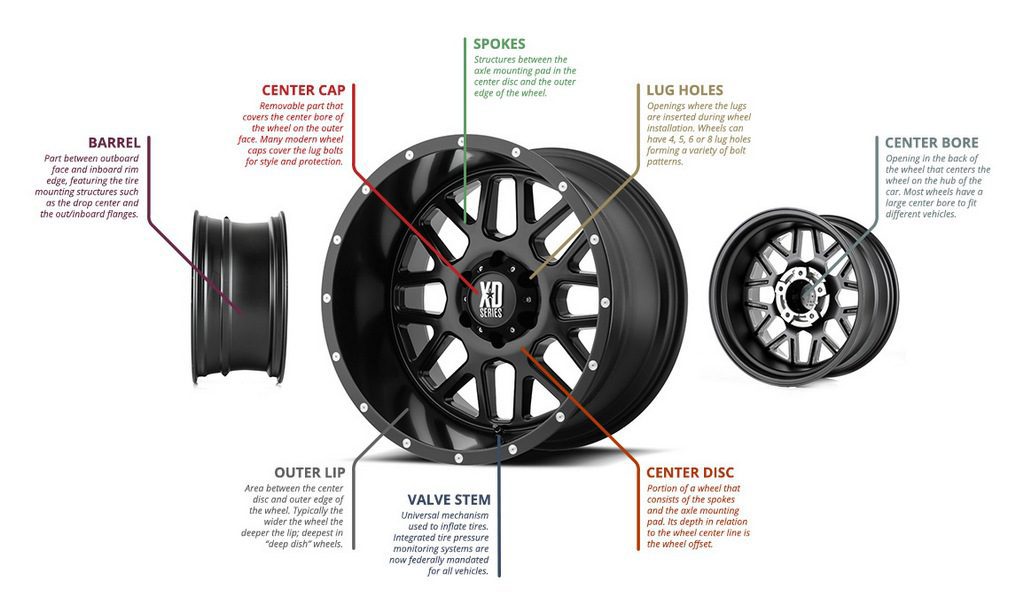
It was expected that in a few years the old tires would be overgrown with corals and become a home for marine life. Thus, a new, largest artificial coral reef in the world was to be formed. It's just that it didn't quite work.
Osborne Reef is a cluster of car tires on the bottom of the Atlantic Ocean off the east coast of Florida. It is located 2.1 km from the beach in Fort Lauderdale, 48 km north of Miami. The depth of the ocean at the point of discharge is 20...21 meters, and the area of the bottom, initially covered with tires, is 15 hectares.
Before the tires were dropped, there was a small artificial reef with a diameter of about 15 meters. It was created from hexabit, which are reinforced concrete blocks of complex shape, which are usually used to strengthen the coastline and protect it from waves and water erosion.
Artificial reefs are created to increase the number of commercial fish, but their construction in "traditional" ways is inevitably associated with costs.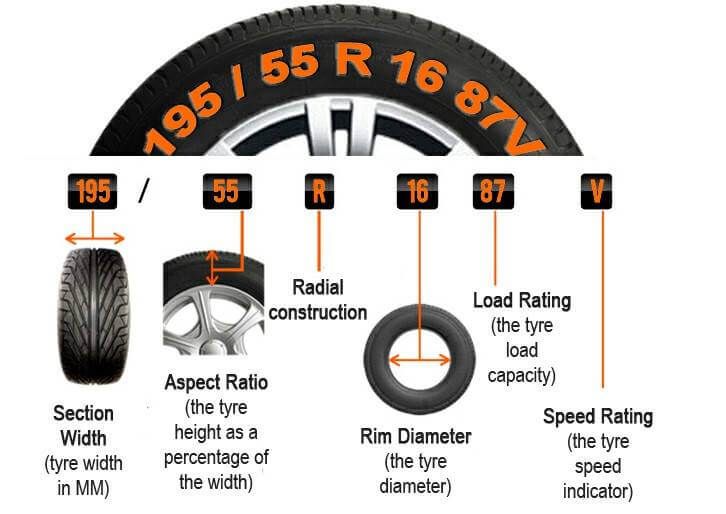 But what if you create a fishing reef out of garbage and solve 2 problems at once? This is exactly what representatives of the non-profit organization BARINC - Broward Artificial Reef Inc. thought in the early 1970s. Here is what BARINC employee Gregory McIntosh said at a 1974 artificial reef conference:
But what if you create a fishing reef out of garbage and solve 2 problems at once? This is exactly what representatives of the non-profit organization BARINC - Broward Artificial Reef Inc. thought in the early 1970s. Here is what BARINC employee Gregory McIntosh said at a 1974 artificial reef conference:
"Tires that are rubbish on land can be reused, so to speak, to build a fishing reef at sea"
And in the spring of 1974, after the approval of the project by the US Army Corps of Engineers, a hundred private boats, accompanied by the USS Thrush, began to "dot" the seabed with old car tires. Goodyear supported the project and, as a symbolic gesture, dropped a gold-colored tire from the airship into the ocean.
Tire bundles were mainly fastened with steel wire or nylon straps. At the bottom, they formed a kind of hill, which gradually began to be inhabited by marine life. According to optimistic estimates, after a quarter of a century, about 10% of tires began to be covered with corals. And this is a good result, given the extremely low growth rates of the latter.
And this is a good result, given the extremely low growth rates of the latter.
At first everything went well, but in the late 1990s it became obvious that the idea failed: the metal fasteners were not subjected to any anti-corrosion treatment before immersion, and therefore, after several years under water, they turned into dust. Subsequently, strong undercurrents and storms led to the fact that the tires began to be evenly distributed along the bottom.
As a result, the young artificial reef was destroyed, but, even worse, a nearby natural reef was buried under the scattered tires. Car tires were found to be too light to stay in one place without being bonded. Due to their movement, some of the tires periodically wash ashore, while the other part continues to "crawl" along the seabed, preventing the formation of new corals and destroying old ones.
The first measures to lift tires from the ocean floor and their further disposal on land began to be undertaken in the early 2000s. In 2001, the National Oceanic and Atmospheric Administration (NOAA) awarded a $30,000 grant to clean up the seabed. At that time, 1600 tires were lifted from the bottom, so the cost of lifting 1 piece was $ 18.75. That's the equivalent of $31.07 these days, or about a quarter of the cost of a new tire.
In 2001, the National Oceanic and Atmospheric Administration (NOAA) awarded a $30,000 grant to clean up the seabed. At that time, 1600 tires were lifted from the bottom, so the cost of lifting 1 piece was $ 18.75. That's the equivalent of $31.07 these days, or about a quarter of the cost of a new tire.
In 2007, US Navy and Coast Guard officials decided that the failed Osborne Reef was a good location for a joint diving exercise. In the summer of 2007, they lifted and delivered 10,000 tires to shore. The exercises were repeated in the spring of 2008 and 2009years, these times the "catch" amounted to 43,900 and 73,000 tires. In 2015, the State of Florida awarded a contract to Industrial Divers Corporation (IDC). For 4 years, they pulled ~ 250,000 car tires out of the ocean, receiving a total of about 6.3 million dollars for this.
In 2021, 4Ocean joined the work on the Osborne Reef, which managed to "monetize" the cleaning. From some of the collected tires, they create bracelets that they sell on their website.
Osborne Reef is not the only one of its kind, but (by a wide margin) the largest of the artificial reefs that have been tried to be created using old car tires. All these projects ultimately failed, and now governments, volunteers and private companies are forced to clean up to stop the harmful effects of tires wandering on the ocean floor on its inhabitants. Some of the tires were collected by volunteers on the shore, the other part was raised from the ocean by divers, but according to rough estimates, 2/3 of the Osborne Reef tires still lie at the bottom of the Atlantic off the coast of Florida.
Once you had to pay for bank cards. Moreover, in our region, at the first stage of their implementation, it was not only about paying for service, but also a minimum minimum balance of several...
a lot of thoughts in my head, half of which I don’t want to think at all. We offer you a simple method of getting rid of obsessive thoughts: turn on.